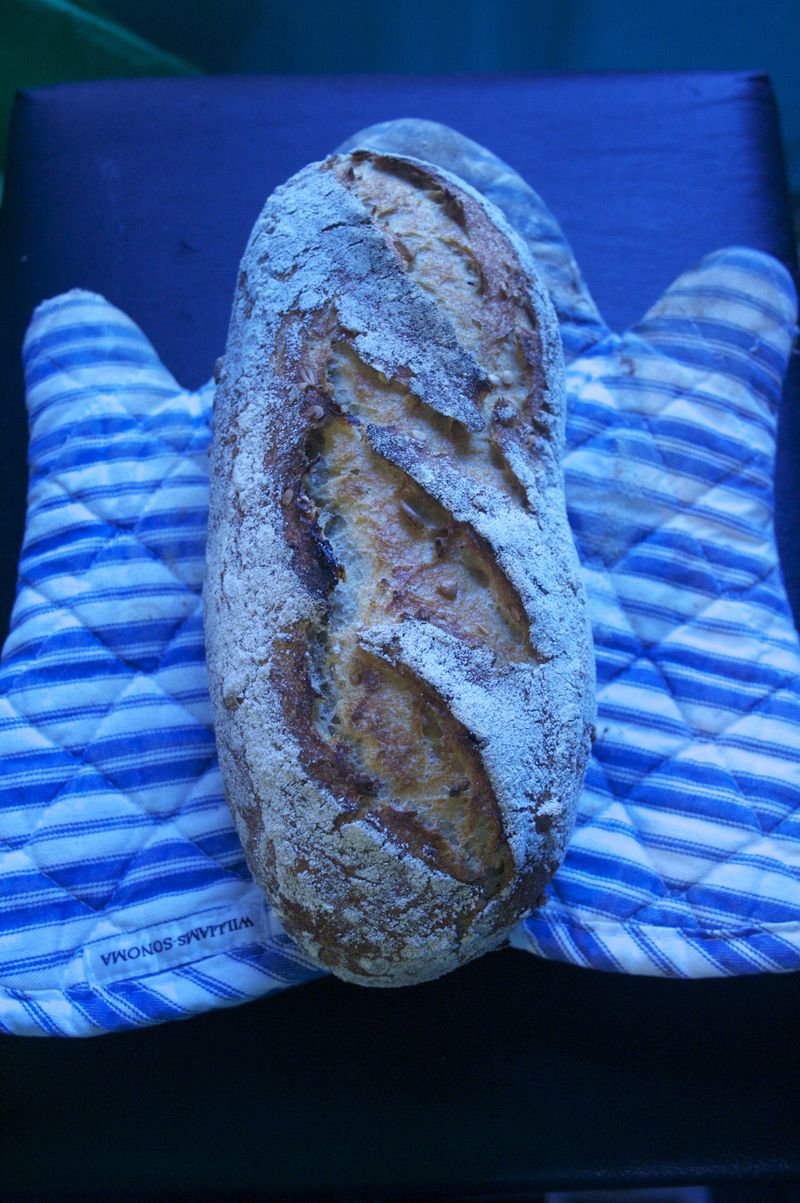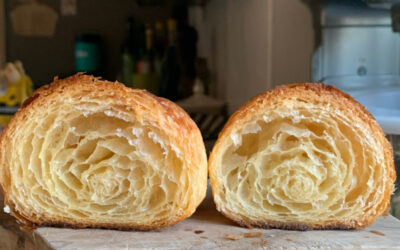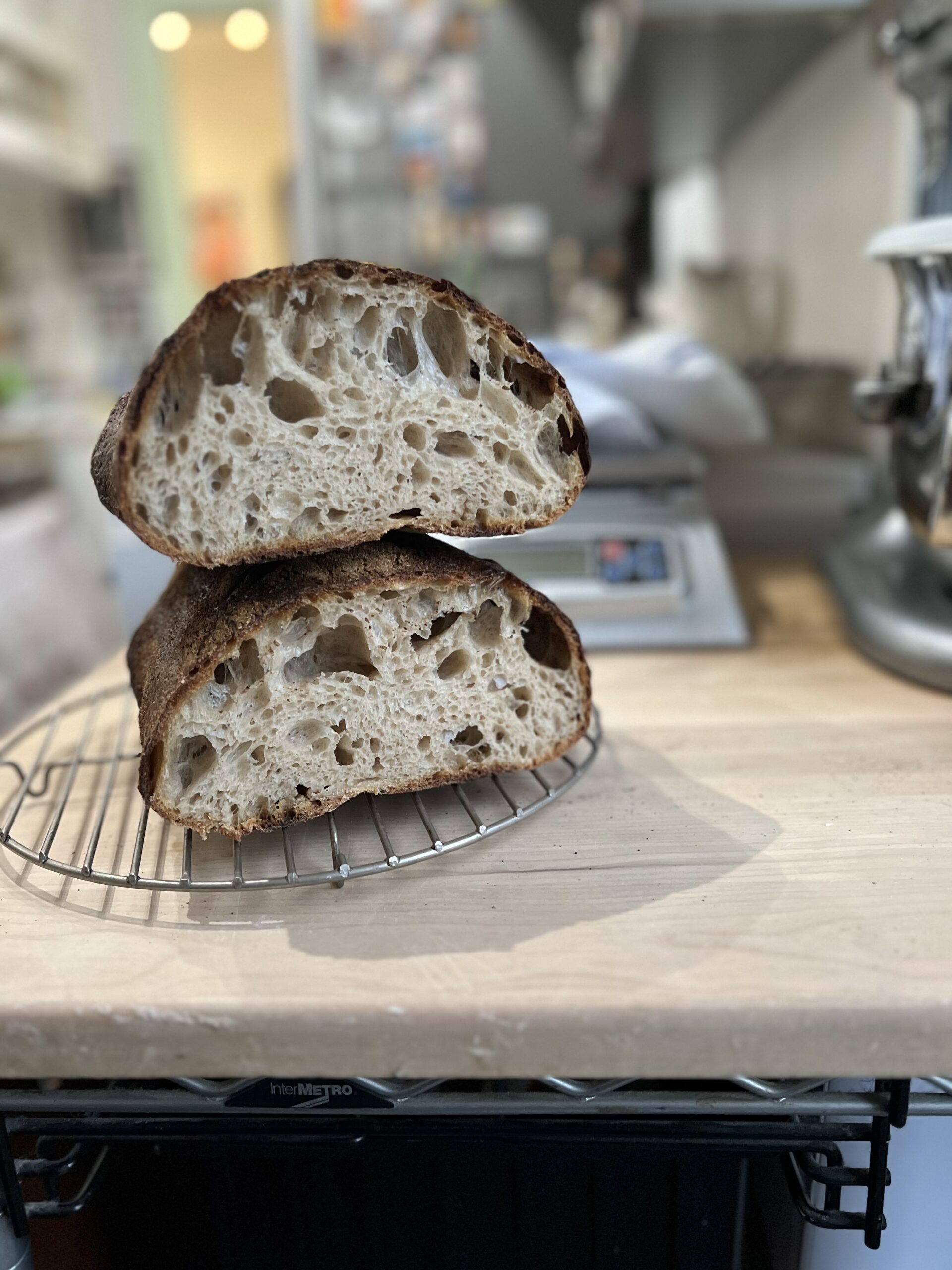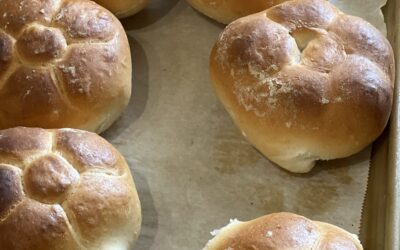Kamut is the trademarked name for Khorasan, which is an area known both as a province of Iran and a historical region that encompassed mileage from Turkey to Afghanistan. Kamut, on the other hand, is a grain, from the Middle East "known for its nutty flavor." Since we're wandering in focus, I'll take the liberty to momentarily dive into food science, all to say Kamut is a hybrid of "Triticum durum" and "Triticum polonicum." Enough trivia to end 2010? Good.
Below is a photo of a Kamut-sunflower bread I recently baked. Below that is the formula I used. I started with a recipe on the German site, Ährensache Bakery, then asked Susan of Wild Yeast to help me tweak it. General hints for baking with Kamut brand grain are the following: use more water and allow longer resting time. As I have already passed Susan's formula around, kudos to my pal. She did all the work! Javier Marca and Geraint Roberts have taken up the challenge. So did I.
Here's her formula for Kamut
Start with a miniscule amount of starter in the levain build, which can be a bit of a freak. Javier was amazed at the push of this flour, even after I warned him. The energy from so little source of sourdough is amazing. He perservered and made some lovely loaves! My first impressions were it's a rustic bread, with slightly durum characteristics. Sort of like pasta-milled durum. It also has a grassy aroma.
Though pleased with the outcome, I'm still not sure it was the perfect loaf. But it gave me ideas, like using kamut to substitute for a loaf like Amy Scherber's semolina fennel and raisin. Actually, I think this flour would lend itself to many Southern Italian breads, especially with grano duro bigas. Rise to the challenge, my friends. Here's hoping 2011 will be a Kamut kind of year – potent, global, and rich with flavor. And good for the belly.






Lovely looking bread!
Hi Jeremy
We are planting 10 acres of Kamut and 10 acres of spelt this year giving the cows a bit of a rest and getting into grain.
george